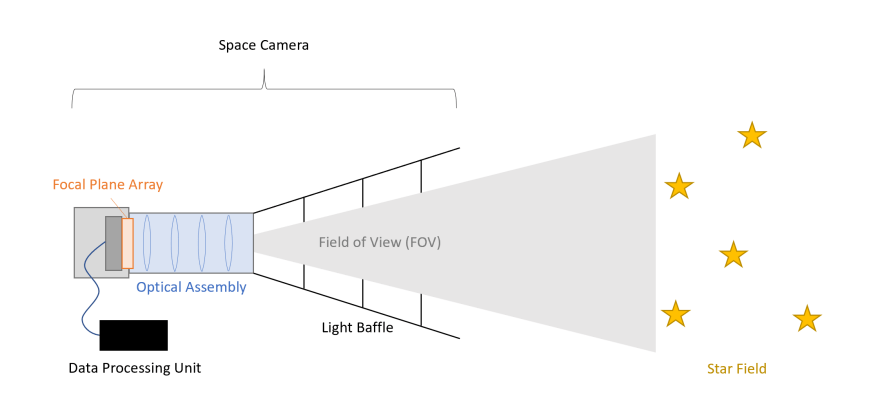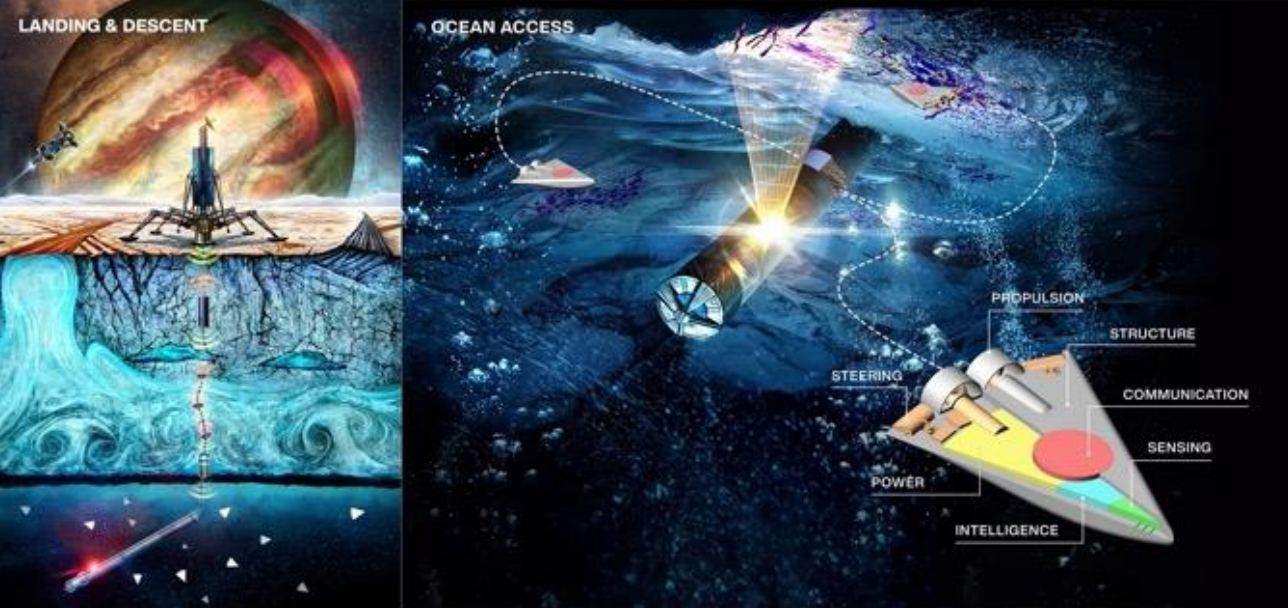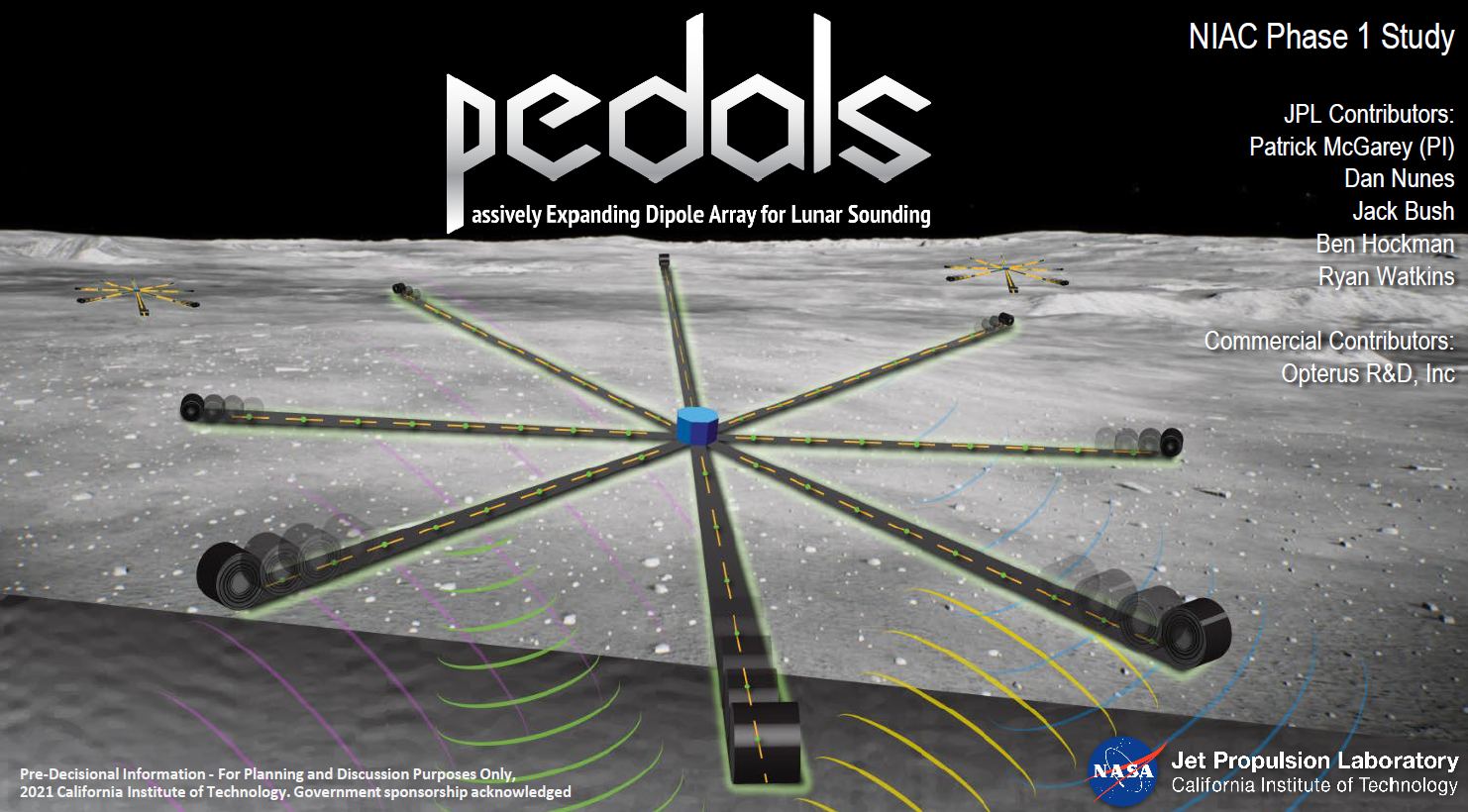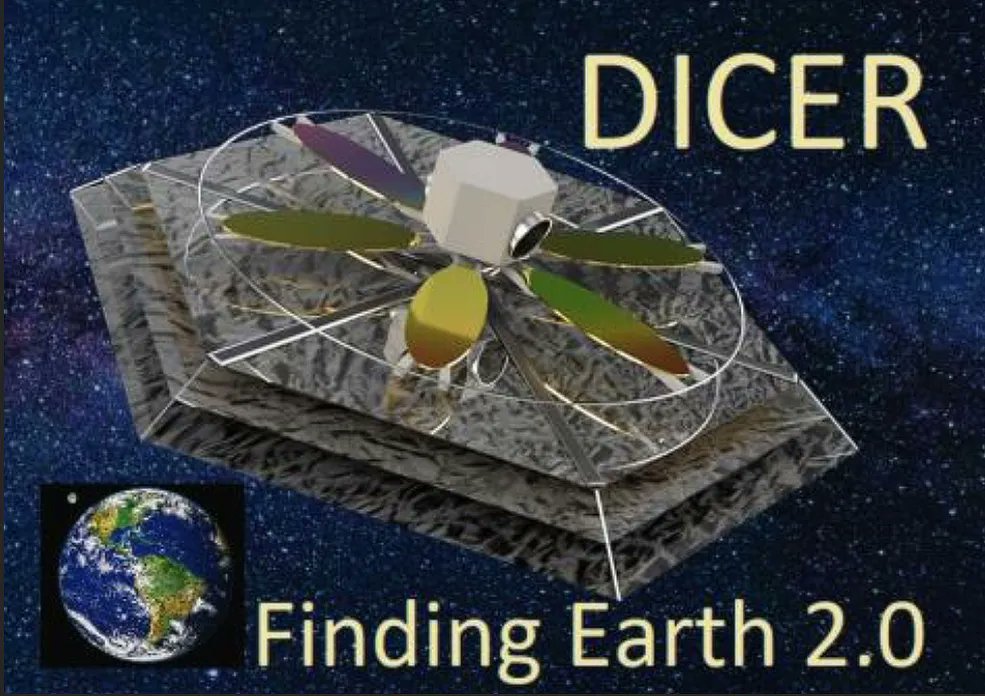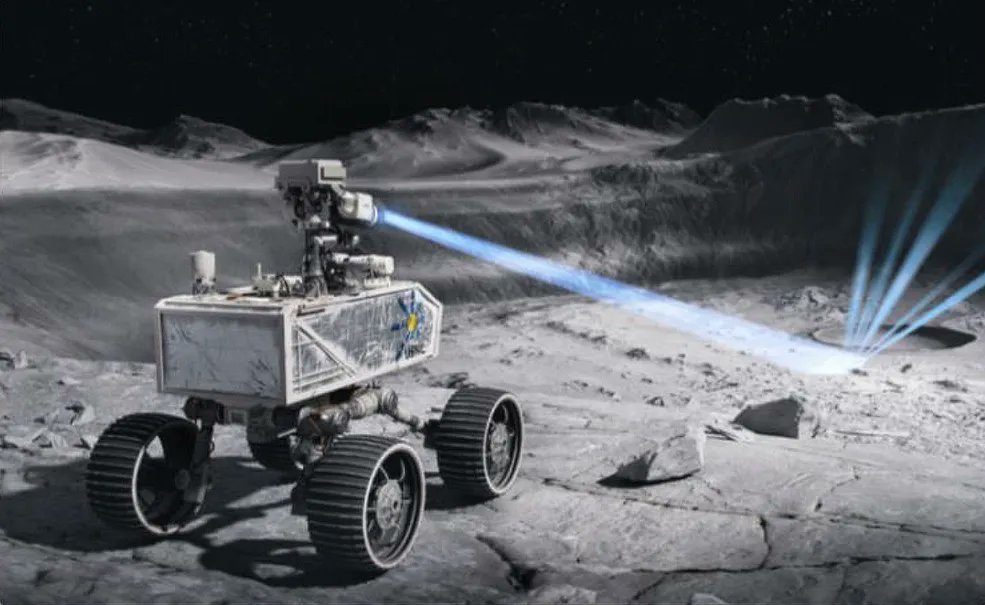One of the hardest things for many people to conceptualize when talking about how fast something is going is that they must ask, “Compared to what?” All motion only makes sense from a frame of reference, and many spacecraft traveling in the depths of the void lack any regular reference from which to understand how fast they’re going. There have been several different techniques to try to solve this problem, but one of the ones that have been in development the longest is StarNAV – a way to navigate in space using only the stars.
Continue reading “Lost In Space? Just Use Relativity”A Swarm Of Swimming Microbots Could Be Deployed To Europa’s Ocean
Europa and other ocean worlds in our solar system have recently attracted much attention. They are thought to be some of the most likely places in our solar system for life to have developed off Earth, given the presence of liquid water under their ice sheathes and our understanding of liquid water as one of the necessities for the development of life. Various missions are planned to these ocean worlds, but many suffer from numerous design constraints. Requirements to break through kilometers of ice on a world far from the Sun will do that to any mission. These design constraints sometimes make it difficult for the missions to achieve one of their most important functions – the search for life. But a team of engineers from NASA’s Jet Propulsion Laboratory think they have a solution – send forth a swarm of swimming microbots to scour the ocean beneath a main “mothership” bot.
Continue reading “A Swarm Of Swimming Microbots Could Be Deployed To Europa’s Ocean”Deploying a Huge Antenna On The Moon Could Study Its Insides
Understanding what lies under the lunar surface could be critical to future exploration efforts. A series of missions have already mapped some parts of the sub-surface of the Moon. Still, few have delved deep inside, where large lava caverns or potentially valuable water or mineral deposits may lie. But that might be about to change. NASA’s Institute for Advanced Concepts (NIAC) supplied funding to a novel technology developed by a team at its Jet Propulsion Laboratory (JPL) that could solve the long-standing problem of seeing what lies within the Moon.
Continue reading “Deploying a Huge Antenna On The Moon Could Study Its Insides”A Helicopter is Going to Titan. Could an Airplane be Next?
What are the hydrocarbon seas on Titan really like? While the upcoming Dragonfly helicopter mission to Saturn’s hazy and frigid moon should arrive by 2034 to explore Titan’s atmosphere, the need remains for a mission that could study the moon’s mysterious seas and lakes, filled with liquid hydrocarbons.
But, how about an aircraft that could study both the seas and skies of Titan?
A new mission concept that received funding from NASA’s Innovative Advanced Concepts (NIAC) Program is called “TitanAir,” and features a flying boat, known as a laker. The laker would be outfitted with numerous instruments to sip and taste both air and liquid, all while soaring and sailing, seamlessly transitioning between navigating through Titan’s atmosphere and gliding across its lakes, much like a seaplane on Earth.
Continue reading “A Helicopter is Going to Titan. Could an Airplane be Next?”An Extremely Lightweight Fission Rocket Could Reach the Solar Gravitational Lens in 15 Years
Novel propulsion ideas for moving around space seem like they’re a dime a dozen recently. Besides the typical argument between solar sails and chemical propulsion lies a potential third way – a nuclear rocket engine. While we’ve discussed them here at UT before, NASA’s Institute of Advanced Concepts has provided a grant to a company called Positron Dynamics for the development of a novel type of nuclear fission fragment rocket engine (FFRE). It could strike the balance between the horsepower of chemical engines and the longevity of solar sails.
Continue reading “An Extremely Lightweight Fission Rocket Could Reach the Solar Gravitational Lens in 15 Years”If an Earthlike Planet is Within 30 Light-Years, This Space Telescope Will Find it
There has long been a limiting factor in the development of space-based telescopes – launch fairings. These capsules essentially limit the overall size of the mirrors we are able to launch into space, thereby limiting the sensitivity of many of those instruments. Despite those limitations, some of the most successful telescopes ever have been space-based, but even with all the advantages of being in space, they have so far failed to find an exoplanet in the habitable zone of a Sun-like star. Enter a new project called the Diffractive Interfero Coronagraph Exoplanet Resolver (DICER), which recently received funding from NASA’s Institute for Advanced Concepts (NIAC).
Continue reading “If an Earthlike Planet is Within 30 Light-Years, This Space Telescope Will Find it”Future Space Telescopes Could be 100 Meters Across, Constructed in Space, and Then Bent Into a Precise Shape
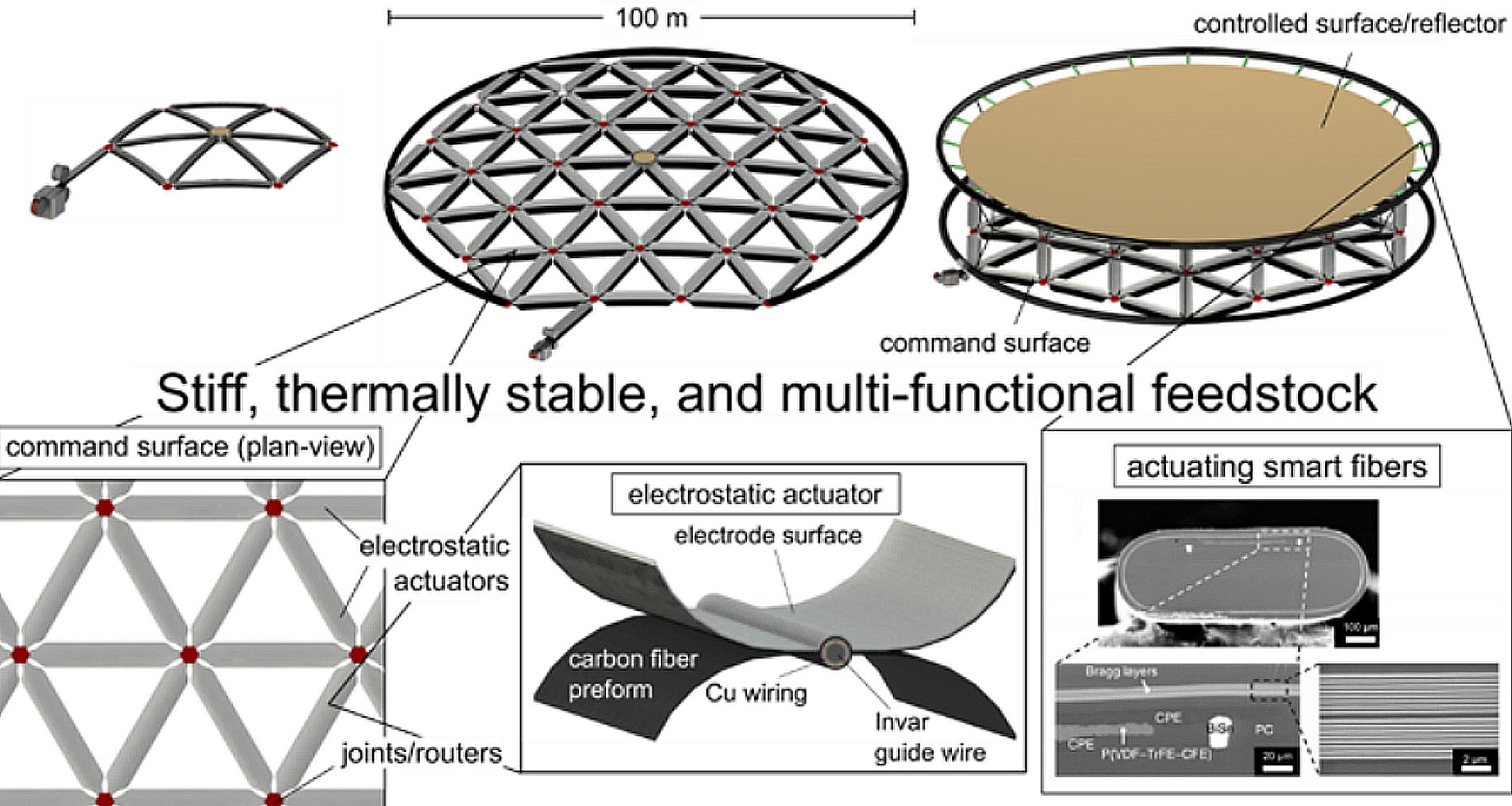
It is an exciting time for astronomers and cosmologists. Since the James Webb Space Telescope (JWST), astronomers have been treated to the most vivid and detailed images of the Universe ever taken. Webb‘s powerful infrared imagers, spectrometers, and coronographs will allow for even more in the near future, including everything from surveys of the early Universe to direct imaging studies of exoplanets. Moreover, several next-generation telescopes will become operational in the coming years with 30-meter (~98.5 feet) primary mirrors, adaptive optics, spectrometers, and coronographs.
Even with these impressive instruments, astronomers and cosmologists look forward to an era when even more sophisticated and powerful telescopes are available. For example, Zachary Cordero
of the Massachusetts Institute of Technology (MIT) recently proposed a telescope with a 100-meter (328-foot) primary mirror that would be autonomously constructed in space and bent into shape by electrostatic actuators. His proposal was one of several concepts selected this year by the NASA Innovative Advanced Concepts (NIAC) program for Phase I development.
Study Shows How Cells Could Help Artemis Astronauts Exercise
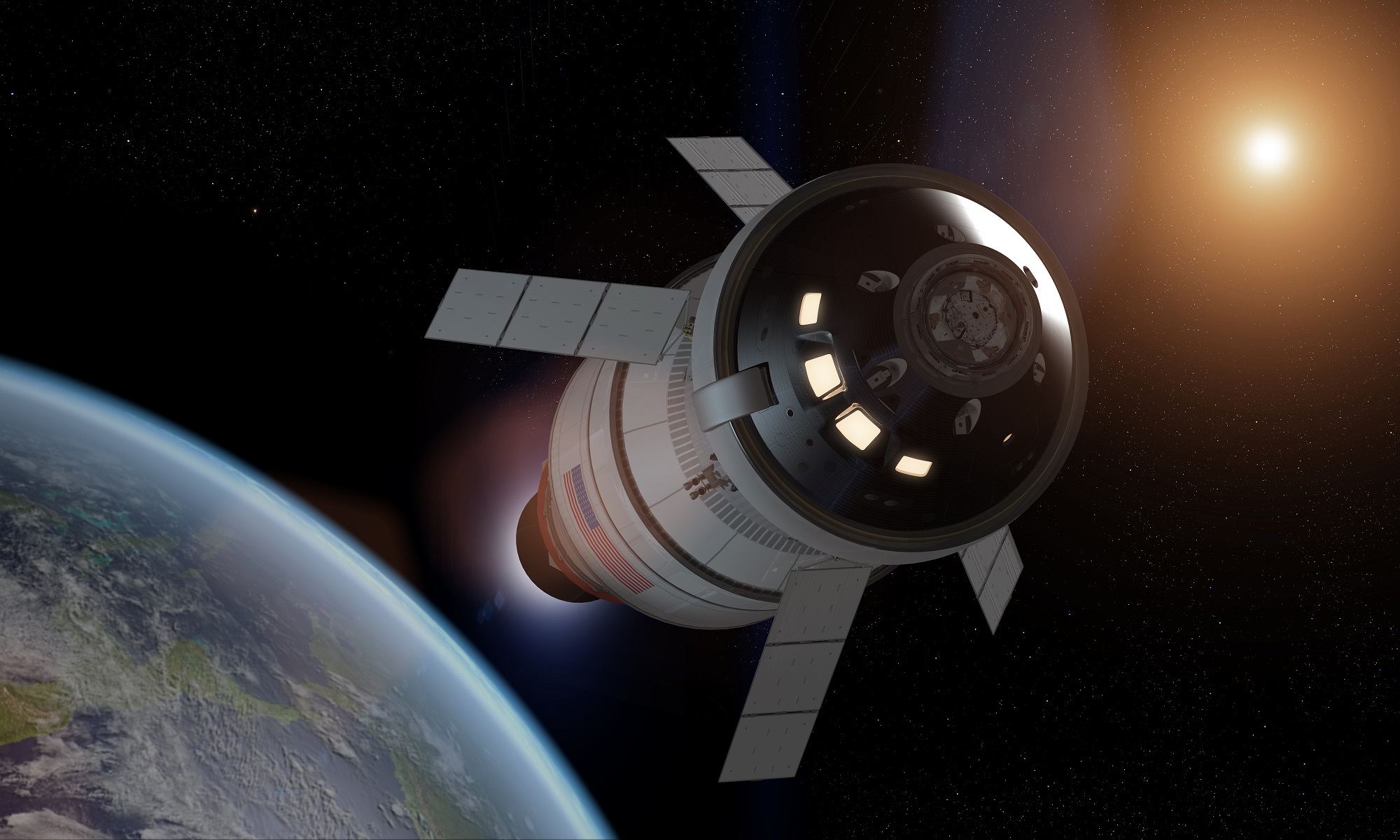
In 2033, NASA and China plan to send the first crewed missions to Mars. These missions will launch every two years when Earth and Mars are at the closest points in their orbits (Mars Opposition). It will take these missions six to nine months to reach the Red Planet using conventional technology. This means that astronauts could spend up to a year and a half in microgravity, followed by months of surface operations in Martian gravity (roughly 40% of Earth gravity). This could have drastic consequences for astronaut health, including muscle atrophy, bone density loss, and psychological effects.
Aboard the International Space Station (ISS), astronauts maintain a strict exercise regimen to mitigate these effects. However, astronauts will not have the same option while in transit to Mars since their vehicles (the Orion spacecraft) have significantly less volume. To address this challenge, Professor Marni Boppart and her colleagues at the Beckman Institute for Advanced Science and Technology are developing a process using regenerative cells. This work could help ensure that astronauts arrive at Mars healthy, hearty, and ready to explore!
Continue reading “Study Shows How Cells Could Help Artemis Astronauts Exercise”A Novel Propulsion System Would Hurl Hypervelocity Pellets at a Spacecraft to Speed it up
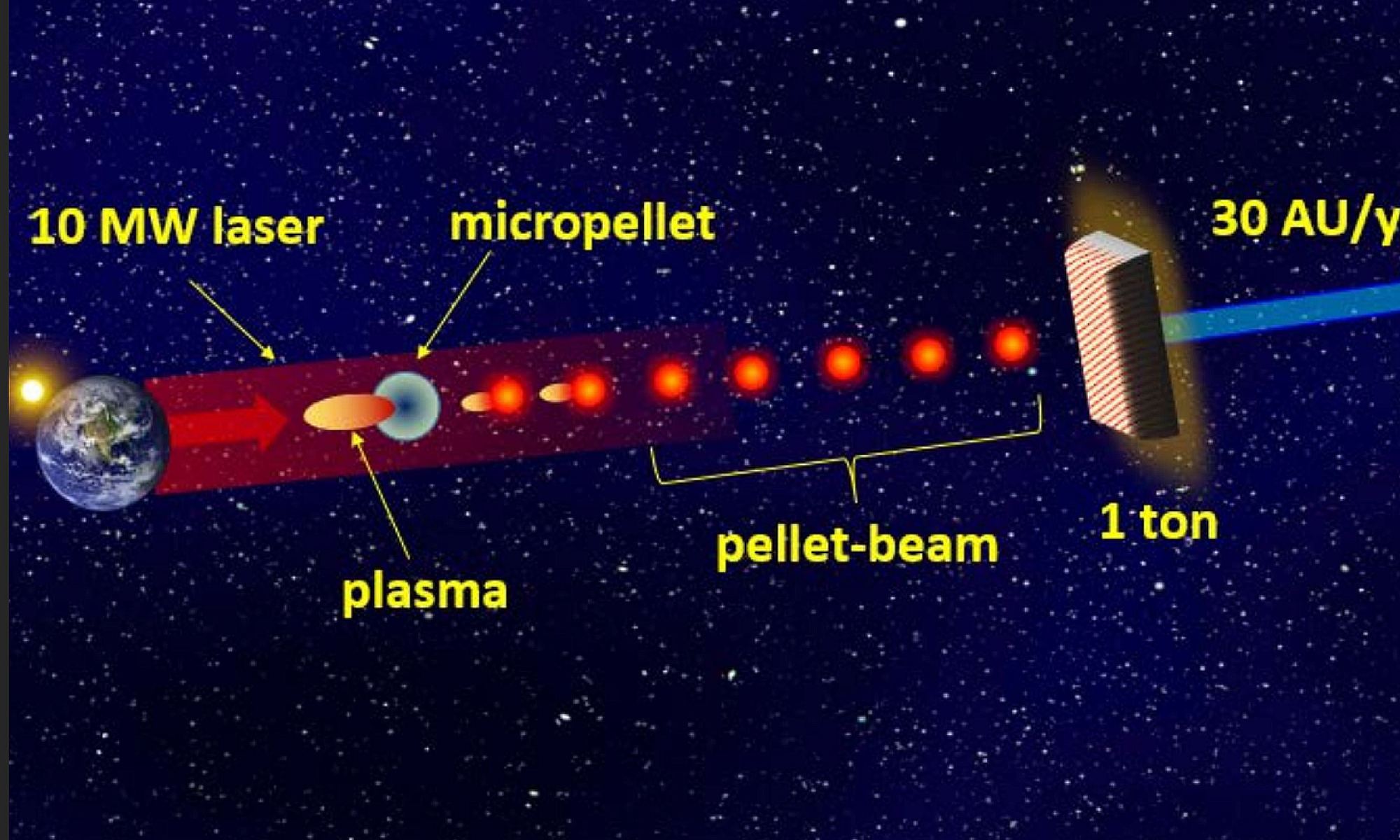
Today, multiple space agencies are investigating cutting-edge propulsion ideas that will allow for rapid transits to other bodies in the Solar System. These include NASA’s Nuclear-Thermal or Nuclear-Electric Propulsion (NTP/NEP) concepts that could enable transit times to Mars in 100 days (or even 45) and a nuclear-powered Chinese spacecraft that could explore Neptune and its largest moon, Triton. While these and other ideas could allow for interplanetary exploration, getting beyond the Solar System presents some major challenges.
As we explored in a previous article, it would take spacecraft using conventional propulsion anywhere from 19,000 to 81,000 years to reach even the nearest star, Proxima Centauri (4.25 light-years from Earth). To this end, engineers have been researching proposals for uncrewed spacecraft that rely on beams of directed energy (lasers) to accelerate light sails to a fraction of the speed of light. A new idea proposed by researchers from UCLA envisions a twist on the beam-sail idea: a pellet-beam concept that could accelerate a 1-ton spacecraft to the edge of the Solar System in less than 20 years.
Continue reading “A Novel Propulsion System Would Hurl Hypervelocity Pellets at a Spacecraft to Speed it up”A new way to Peer Into the Permanently Shadowed Craters on the Moon, Searching for Deposits of Water ice
Not all flashlights are created equal. Some are stronger, consume more power, or have features such as blinking or strobes. Some aren’t even meant for humans, such as a new project that recently received funding from a NASA Institute for Advanced Concepts (NIAC) Phase I award. Designed by the Ultra Safe Nuclear Corporation (USNC), this flashlight doesn’t emit visible light, but it does emit x-rays and gamma rays, and the researchers on the project think it could be useful for finding resources on the Moon.
Continue reading “A new way to Peer Into the Permanently Shadowed Craters on the Moon, Searching for Deposits of Water ice”
